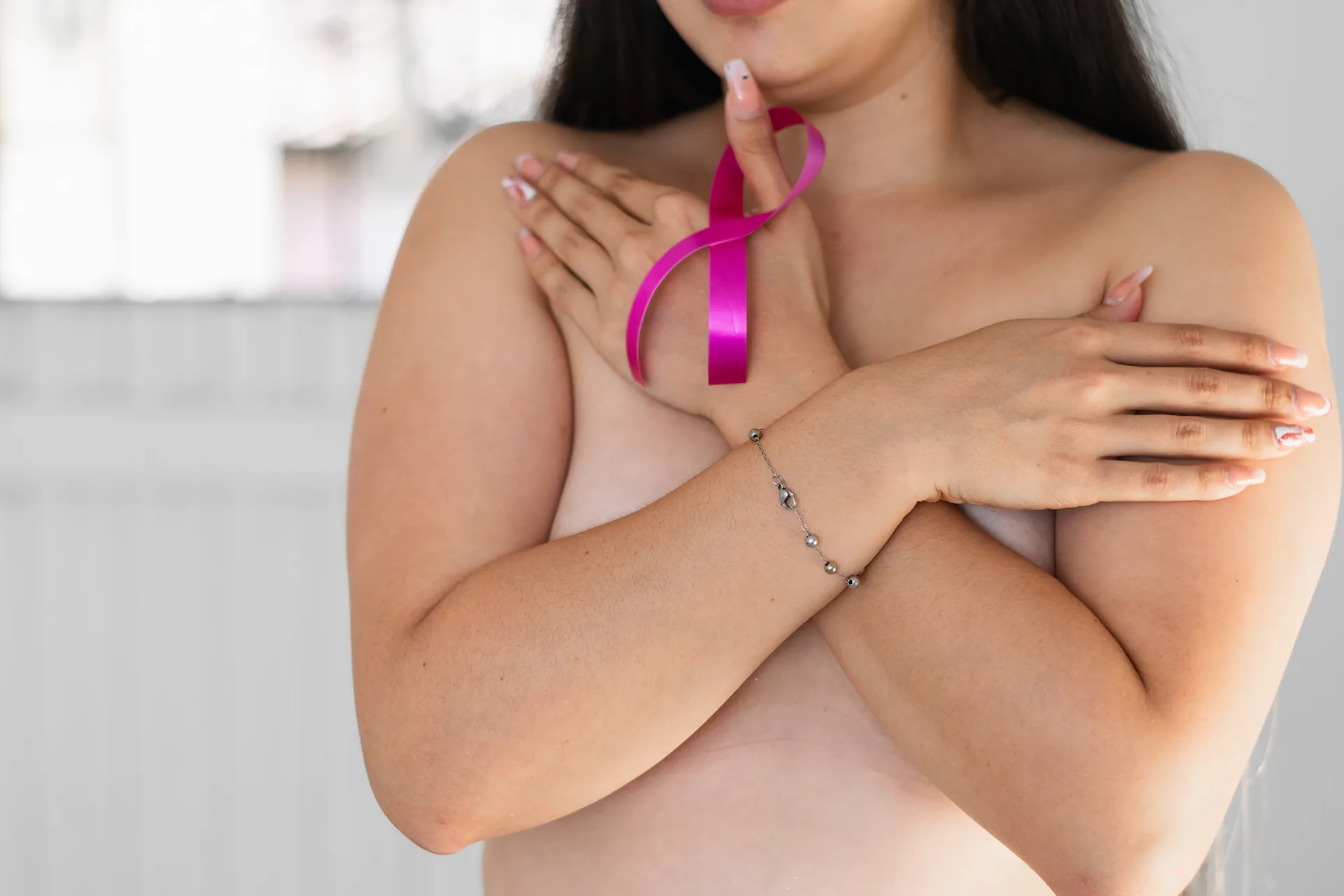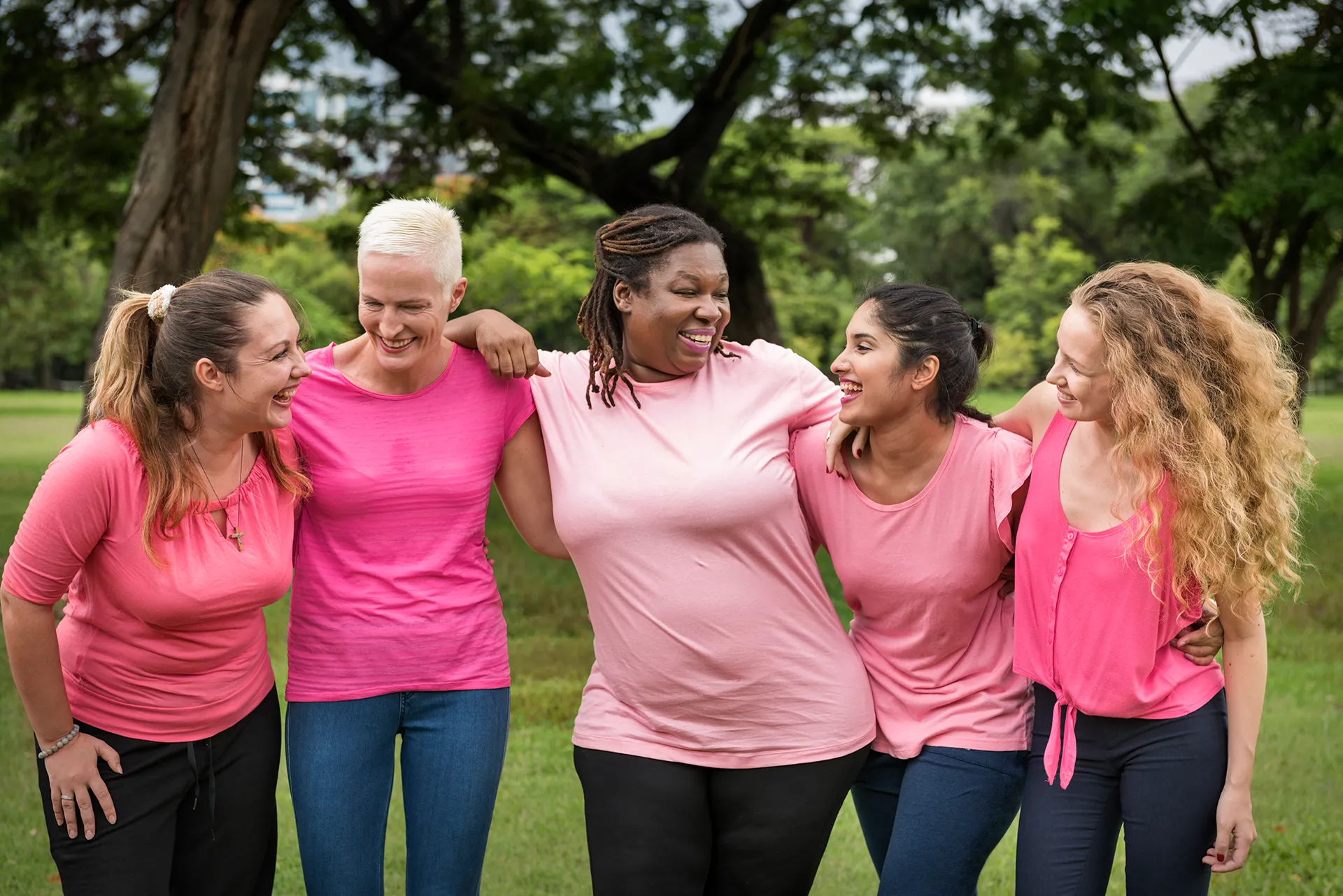DIEP flap (Abdominal Free Flap Procedure)
This is considered the “Gold Standard” breast reconstruction and there is no doubt that the feel, shape, movement, warmth and ability to age with thepersons other living tissues make the DIEP flap the best aesthetic breast reconstructive choice but only in the right patient who understand the magnitude of the procedure and the small but serious risks associated with it including the more prolonged operative and recovery time.
Free flap reconstruction involves the transfer of living tissue from one part of the body to another, along with the blood vessel that keeps it alive. Free flaps are entirely disconnected from their original blood supply and are reconnected using microsurgery in the recipient site(link is external). This procedure involves hooking up all the tiny blood vessels of the flap with those in the new site, and is carried out with use of a microscope, hence the name ‘microsurgery’.
The skin and fat of the lower abdomen is often the ideal tissue for breast reconstruction. A large amount of skin and volume can be replaced in order to achieve a very natural look and feel. Removal of excess skin and fat can often be a welcome bonus for the patient, resulting in a “tummy tuck”.
In some cases it is possible to take the blood vessels without taking any muscle (DIEP flap). The flap is transferred to the chest to replace the missing skin and volume. The blood vessels of the flap are joined microsurgically to blood vessels in the chest to restore the blood supply to the flap.
In DIEP free flap breast reconstruction, skin and fat is transferred from the abdomen to the breast area. During this process, the skin and fat is completely removed from the original area and reconnected in the recipient site. Blood vessels from the armpit, or near the breastbone, are used to create a new blood supply for the transferred tissue.
Whilst abdominal flap reconstruction can give excellent results it must be recognised that this is a major procedure. Patients spend up to a week in hospital and will undergo a recovery period lasting several weeks. There will be scars on the breast and a large scar across the abdomen as well as around the umbilicus. There may be some difficulty sitting up from lying down initially if the abdominal muscles are dissected, but in the long term most patients notice no real problems. All breast reconstruction is a process and many patients will need further procedures to adjust their reconstruction. These are usually minor procedures such as liposuction to reduce the size of the flap, scar revisions, lipofilling or nipple reconstruction. That said, autologous reconstruction is durable and once a satisfactory result is achieved it tends to be static and permanent.

Suitable for:
- Women who would like a more realistic reconstruction than is possible with an implant alone
- Women who would like to avoid large abdominal scars or risk reducing abdominal strength
- Women without enough abdominal fat to create a breast to match the remaining natural breast
- Women with small to medium volume breasts
- Women with considerable previous abdominal surgery or abdominal radiation
Operation details
The operation is carried out in three stages. Firstly, the patient is placed on her back and the mastectomy performed. Any axillary surgery (sentinel node biopsy or axillary clearance) is performed at this time. The second stage involves turning the patient on her side and “harvesting” the LD muscle.
The pedicle (artery and vein to the flap) is identified in the armpit to avoid any inadvertent damage, and the muscle with its overlying piece of skin is lifted from the back, tunnelled through the armpit and swung round the ribcage to lie under the breast.
The third stage is then to turn the patient onto her back and the skin of the flap is trimmed to match the hole left by the mastectomy, Finally the breast is compared to the unoperated side and the muscle is sutured to create the contour of the breast mound. If necessary, an implant is inserted. Drains are inserted in both the breast and the back wounds which are then closed, generally with dissolving sutures.

Complications you should be aware of
Infection (5%)
This ranges from a superficial wound infection, easily treated with antibiotics, to an infection of the implant if one is used. Implant infections are especially troublesome as, generally, the implant must be removed to fully treat the infection, and re-inserted at a later date.
Bleeding (5%)
Although any bleeding points are cauterised during the procedure, it is possible that you may develop a collection of blood under the skin. Very occasionally, this can become infected or need to be let out by returning to theatre and re-opening the wound.
Seroma
This is a very common complication. If fluid continues to be produced after the drains are removed, it will collect under the skin and may become uncomfortable, but it can be easily and painlessly removed by sliding a needle through the scar on your back taking the fluid off with a syringe.
Flap failure (below 1%)
This is a very rare complication. We work as a team with some of the best results in the world for this operation
Revision Surgery
After the muscle is moved from the back to the front, it changes size over the first 3 months. Further small procedures may be required to improve the final outcome of your reconstruction.
Recurrence
Having a reconstruction would not stop a recurrence of the cancer in the skin that is left, if it were to occur.

Awarded the Certificate of Excellence 2019 from I Want Great Care

Awarded the Certificate of Excellence 2018 from I Want Great Care





